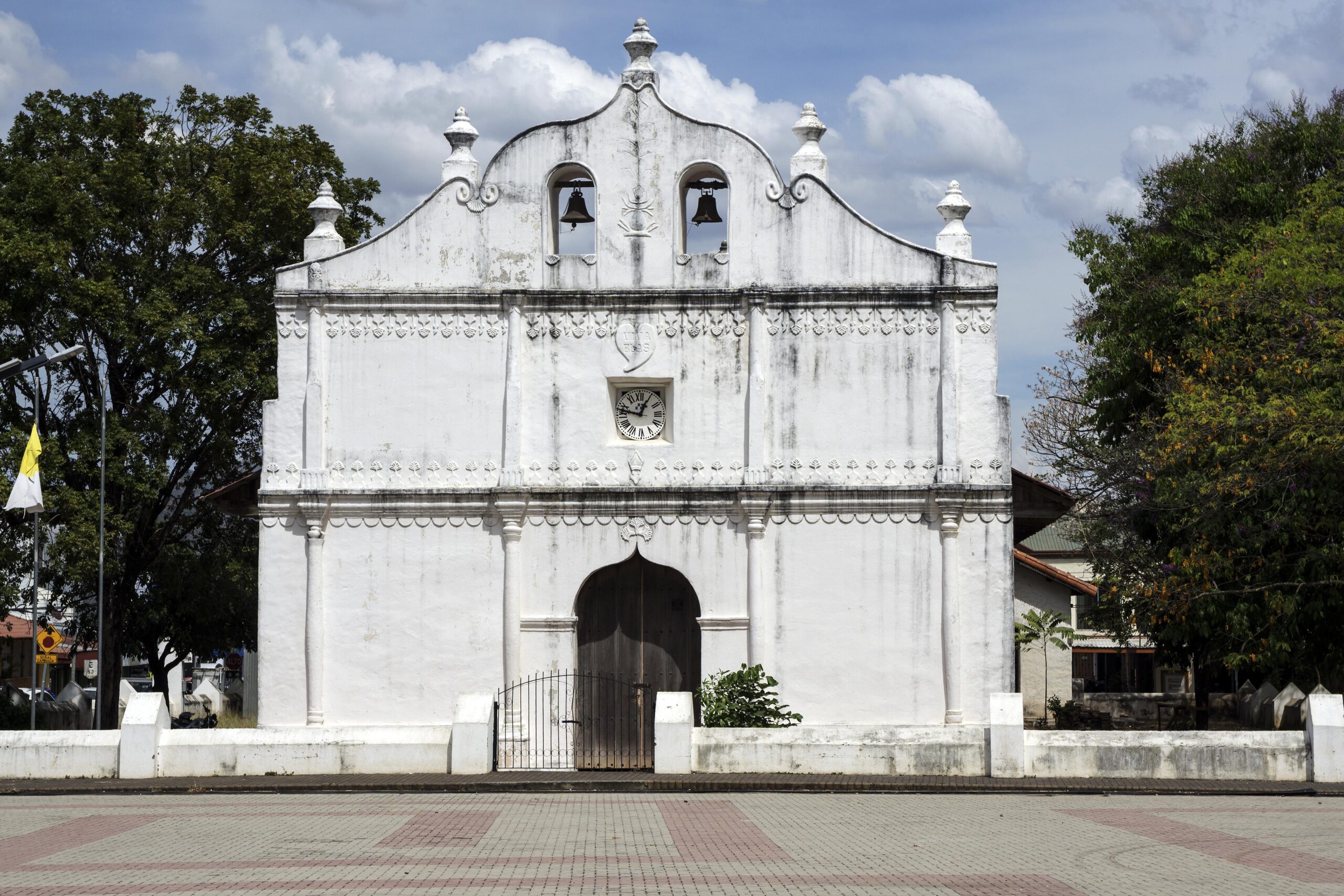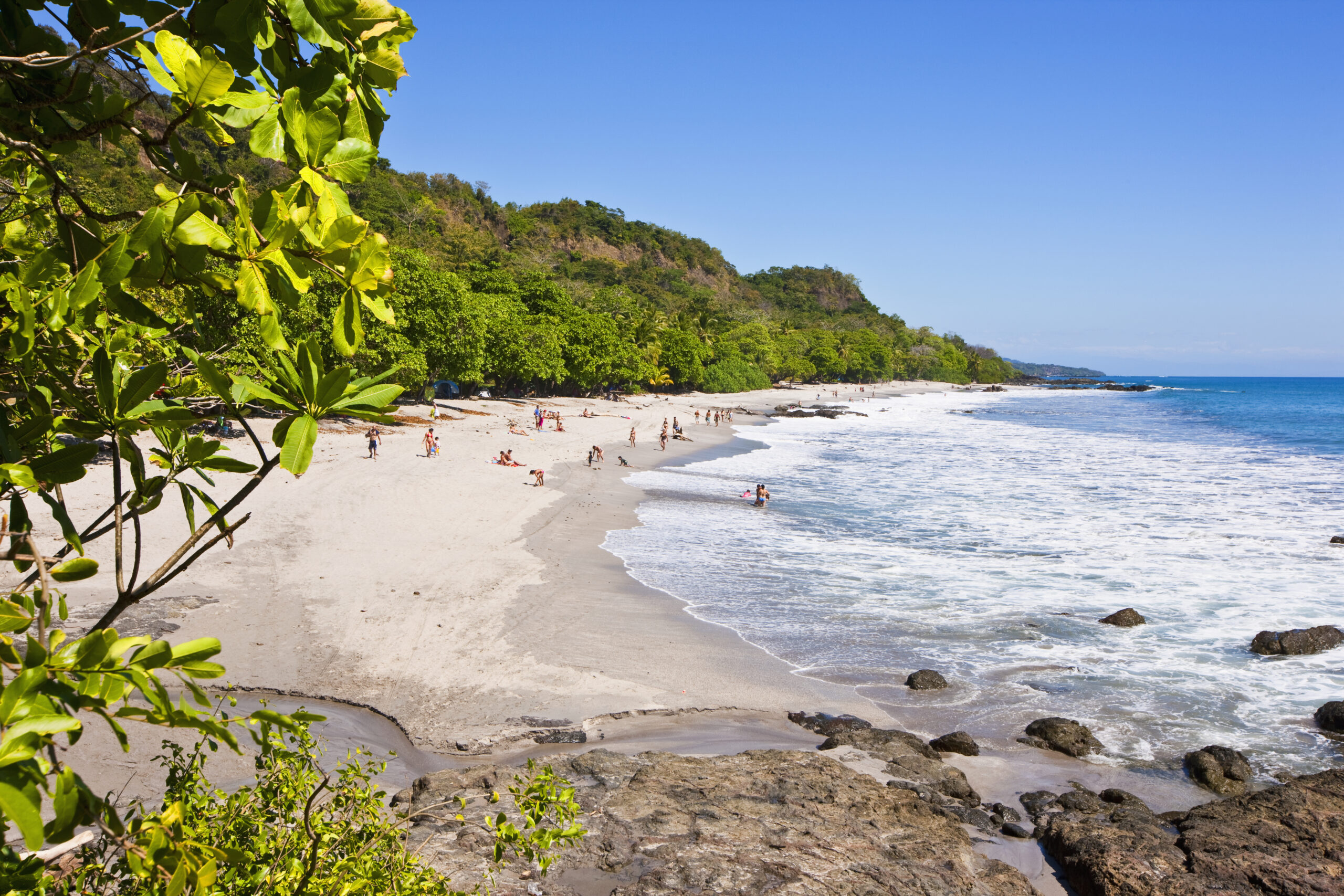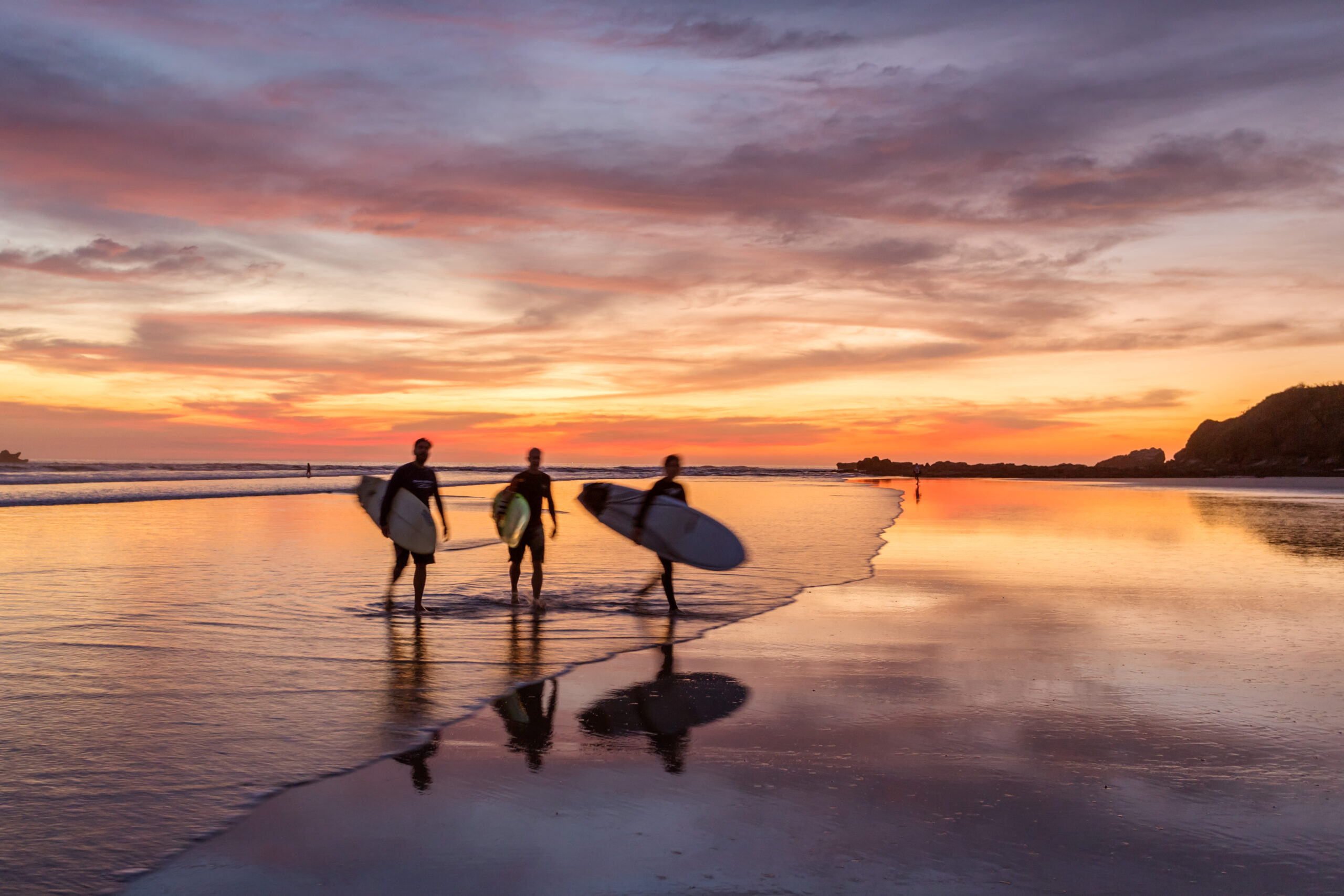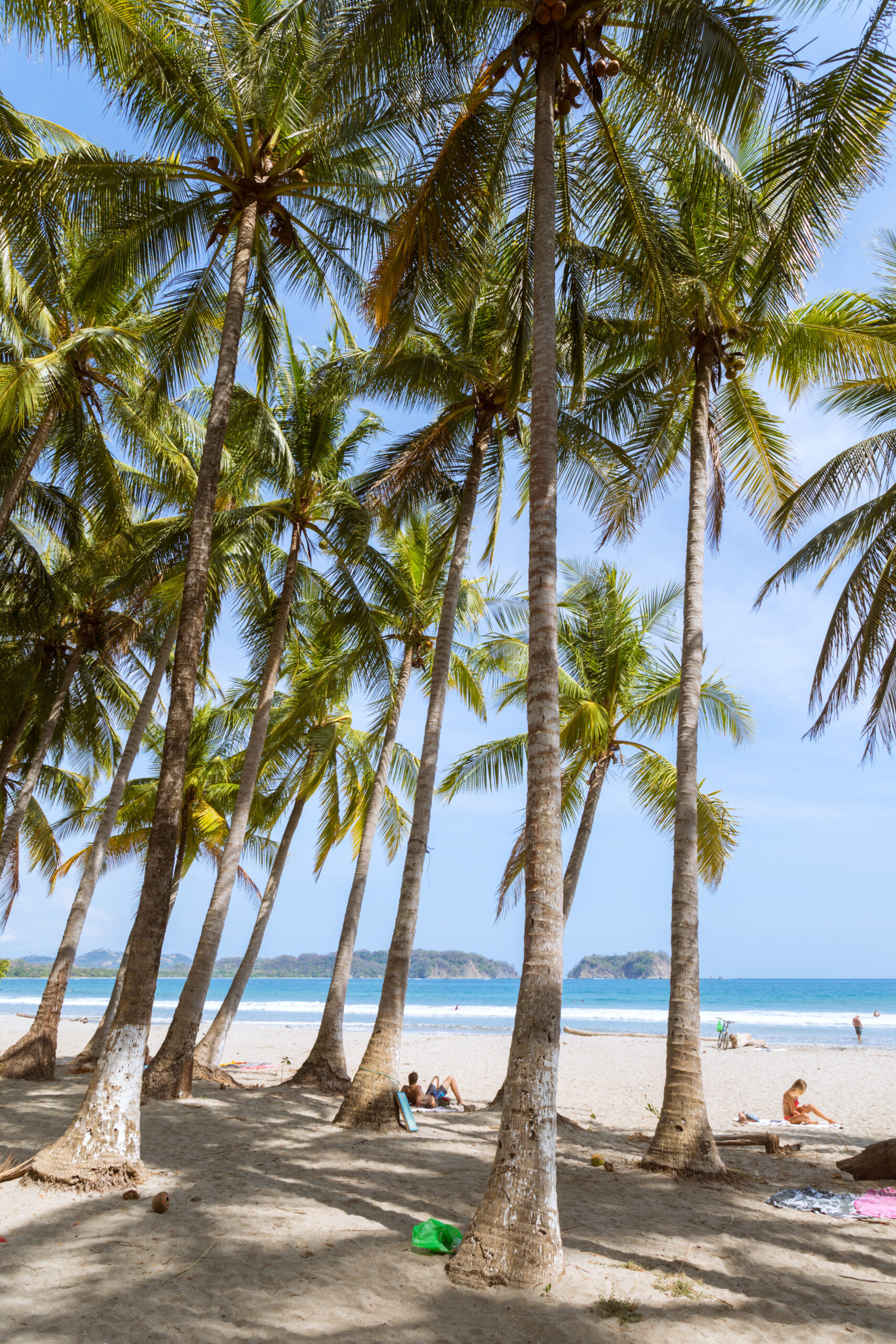Blue Zone Travel: Embracing the Sunny Beaches of Costa Rica and Its Pure and Simple Life

The Nicoya Peninsula offers a boho-chic getaway. Photo: Phillip Suddick/Getty Images
Celebrated for its Pura Vida (simple or pure lifestyle) Costa Rica’s Nicoya region is a wellspring of fresh food and fresh air that overlooks an Atlantic ocean as clear and blue as its status as one the globe’s five Blue Zones – regions where healthier, happier locals boast the longest life expectancies on the planet.
Almost everyone who lands in Nicoya, Costa Rica, a Pacific Coast peninsula just south of the Nicaraguan border, heads for its boho-chic beach towns like Samara and Nosara. But it’s the region’s namesake village, high in the jungle hills, that earned the country its coveted status as one of the world’s Blue Zones – not to mention the equally healthy tourism boost that went with it.
A single-story town that’s home to 25,000 residents, Nicoya predates the arrival of the conquistadores who “settled” Costa Rica in the 1560s. Named after the Chorotega chief who once reigned over this lush terrain of volcanic mountains, deep canyons, and rolling rivers that empty into the sea, Spanish colonial relics still stand.
The 1644 Parroquia San Blas church overlooking the central park square is now a museum of artefacts, but modern amenities like banks and a hospital draw locals from surrounding areas, as well as travellers looking to explore national parks full of jaguars, mountain lions, monkeys and exotic birds. An agricultural hub that hosts the region’s biggest farmer’s market. Stalls overflow with the locally harvested superfoods fruits, grains, and vegetables that Costa Ricans favour over meat. Most meals here include the “three sisters” of Mesoamerican agriculture: squash, corn and beans.

While every Blue Zone revolves around a plant-based, fresh-food diet – along with everyday activities like walking, farming or gardening, staying busy and useful, and enjoying strong family and community ties – each has its own signature twist.
The two Mediterranean islands on the Blue Zone list, Ikaria, Greece and Sardinia, Italy, incorporate dancing, a hearty sex life and daily glasses of organic, anti-oxidant-rich red wine into their wellness routine. By contrast, the Seventh Day Adventists of Loma Linda, California, the only North American Blue Zone, put more stock in devotional faith, abstinence from alcohol, exercise and a vegetarian diet. In Okinawa, Japan, it’s a diet rich in soybean and plant proteins, along with a deep cultural veneration for their Elders. Each Zone also has the advantage of a sunny, outdoor lifestyle that offers year-round vitamin D for healthy bones.
Here in Costa Rica, the people of Nicoya also benefit from calcium-rich hard water. The country’s highest concentrations are here and that’s linked to stronger bones and less heart disease. And they drink “significantly less milk” than other Costa Ricans. Which is notable because both the Ikarians and the Sardinians eschew cow’s milk for sheep and goat’s milk, though in fermented products like yogurt or cheese. And the Okinawan’s Japanese diet contains no dairy. Of the five Zones, only the Seventh Day Adventists of Loma Linda enjoy cow’s milk.
Fresh, wholesome food, bright sunshine, outdoor living, untouched nature – the entire region of Nicoya is known for its wellness approach. The region’s Pura Vida lifestyle – a slower, stress-free pace and a deep connection with nature, friends and family – is as pura Blue Zone as it gets, right down to its boho chic beach towns.

Nosara
One of the world’s best surfing destinations, this is the Nicoyan peninsula’s best-known coastal town. A village of 7,000 that’s spread out along a long shoreline, you’ll want a car, scooter, golf cart or bicycle. A lovely spot to enjoy the epic sunsets, Playa Pelada is Nosara’s quieter cove with a few bars and places to eat, including the casually chic La Luna, a local favourite with a Med menu in the Nosara Beach Hotel.
Playa Guiones, a 15-minute drive down the road, is where the majority of shops and restaurants are located along with a larger selection of hotels. You’ll also find lots of surf camps and schools at Guiones, a cool vista from the many beach boites and juice bars that line the shore, even if you’re not one to ride the waves.
Just off the beach, privately-run small hotels and larger resorts are plentiful, and you’ll have no trouble scoring a great Airbnb, from inexpensive beach shack to lavish villa. You can also check into a stylish hotel or luxury yoga retreat up in the jungle hills – where you can book a table at the celebrated restaurant Coyol – all with panoramic views over the coast.

Samara
A half-hour drive south, the palm-fringed bay of Playa Sámara, home to 4,600, is considered Nosara’s little sister. Quieter, less developed, and less expensive, it’s rich in wildlife. Take an afternoon hike with the sloths and monkeys along the trails of the Werner Sauter Biological Reserve, or visit a sea turtle nesting site you can volunteer at on the wilder cove of Playa Buena Vista, just north of town.
More interested in snorkelling the turquoise ocean? Chora Island is just offshore. A shelter for birds, lizards, crabs (even raccoons, so Canadians will feel right at home) – kayak excursions come with snorkelling gear. Off Chora’s sandy shore, as well as around the nearby coral reef, the waters teem with colourful tropical fish, sea turtles, star fish, octopus, blowfish and rays.
Back on shore, have an Aperol Spritz at Gusto, or flop into a beach bean bag at La Dolce Vita, where you can sometimes spot dolphins from the beach. You’ll find far fewer hotels, and only one resort, in Samara, and that’s the charm of it. But you can still book a lovely whitewashed beach house on Airbnb. Or check into a vintage airstream trailer at La Caravana on Playa Carillo, the cove next door.

When To Go: Between March and April, when the high-season crowds (December through April) and costs have tapered off but you’re still not in rainy season (May to November).
Getting There: The Nicoya Peninsula is serviced by Daniel Oduber Quirós International Airport in Liberia, a 2.5 hour drive inland from Nosaro. There are shuttles for up to four people, $165. Local carrier Sansa offers quick 20-minute direct flights to the coast for $130.
Flight Note: As of this writing, when looking at direct flights, Toronto/Liberia, on Kayak, we found that return fares were $1,000 to $1,100. But booking each leg separately dropped the cost by a third. $271 (Toronto > Liberia) + $410 (Liberia > Toronto) for a total of $681. So, vet that before you book.
RELATED:
Blue Zone Travel: A Wellness Journey to Sardinia
‘Live to 100: Secrets of the Blue Zones’: 6 Longevity Tips From Dan Buettner’s New Netflix Series